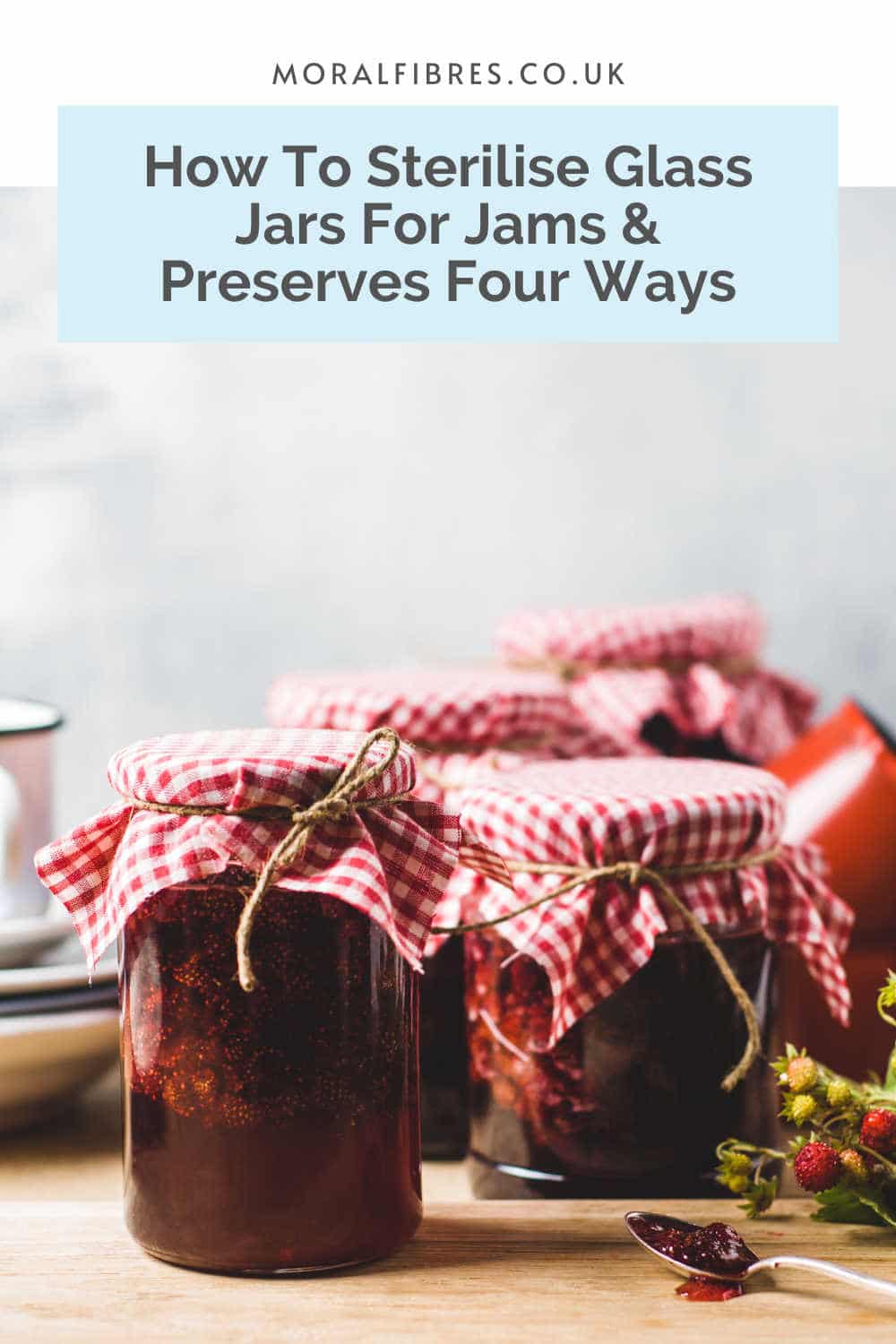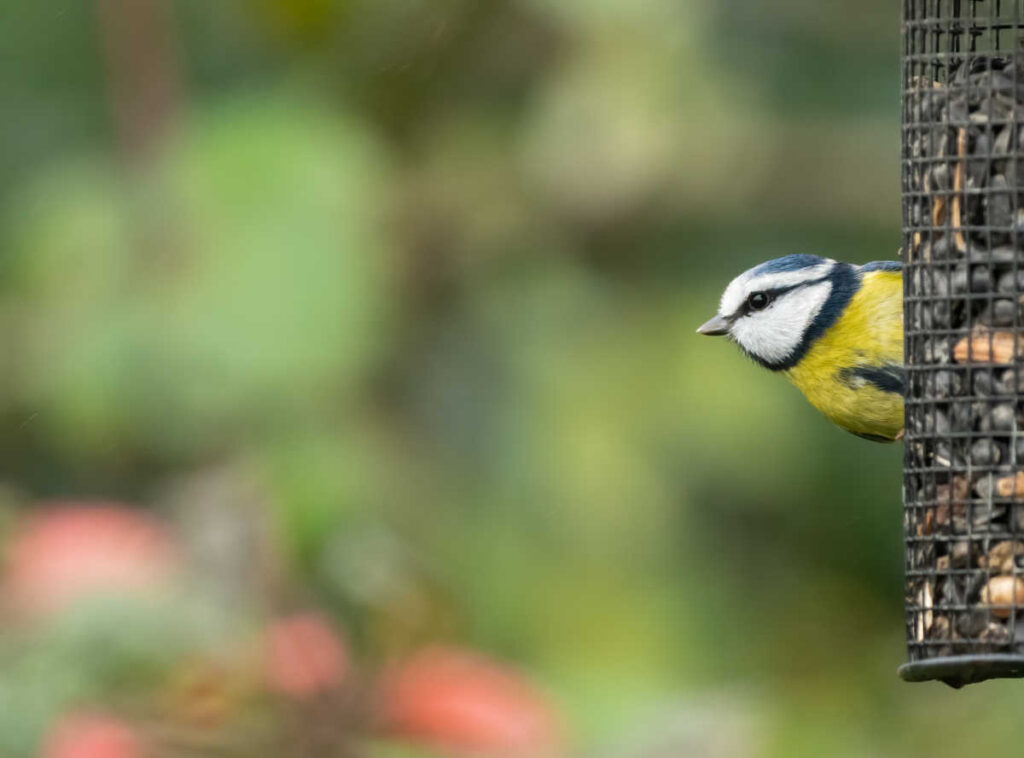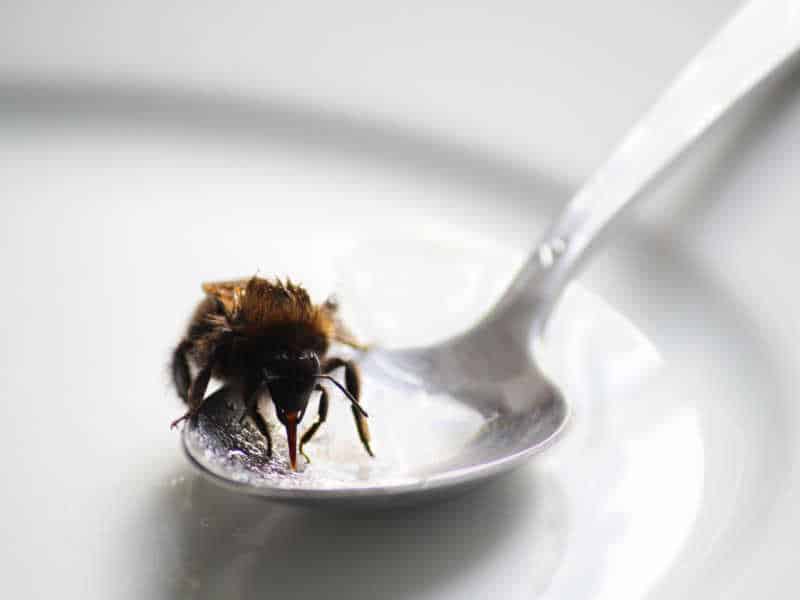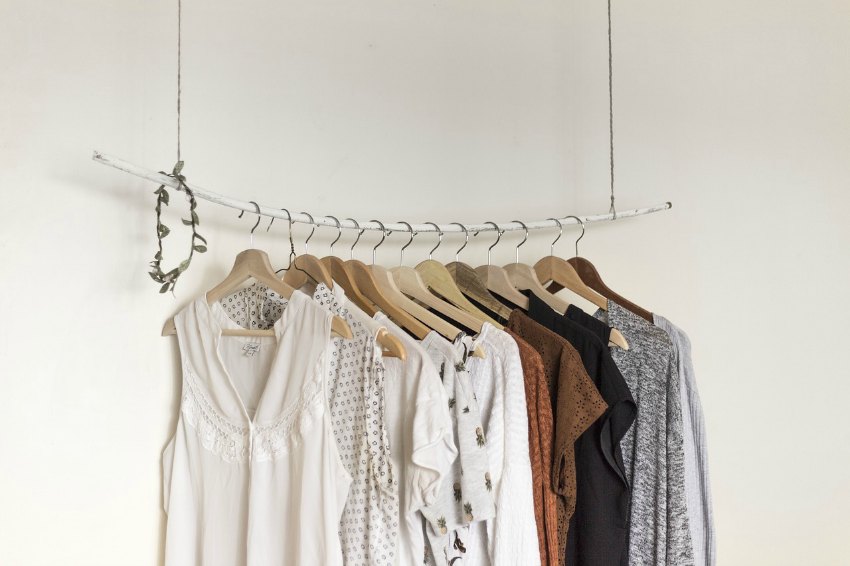How to Sterilise Glass Jam Jars Four Ways
To support the running costs of Moral Fibres, this post contains affiliate links. This means Moral Fibres may earn a small commission, at no extra cost to readers, on items purchased through these links.
Today let me show you how to sterilise glass jam jars in four different ways – in the microwave, in the oven, in an aga, and in the dishwasher.
I love pickling and preserving fruit and vegetables, and making delicious jams and marmalade. However, I find I frequently have to rummage through old recipes to remind myself of how to sterilise jam jars correctly.
So partly to help myself, and partly to help any readers also a bit stumped by sterilisation, I’ve put together this quick and easy guide. It shows you exactly how to sterilise glass jam jars in the oven, microwave, dishwasher, and aga. Something to suit all preferences, if you will!
Why Do You Need to Sterilise Jam Jars?
Sterilising jam jars is a really important part of the jam, preserve, and pickle-making process. For a start, there is a risk of botulism if you don’t sterilise your jars correctly.
Secondly, your preserves will last longer. With proper sterilisation, your preserves will last for up to a year as the sterilising process removes any bacteria, yeast, or other organisms that may be lurking in your jar. This means these organisms are less likely to grow and spoil your hard work before you have a chance to eat your jam. Therefore, don’t be tempted to skip over the sterilisation stage!

How To Sterilise Jam Jars In Any Situation
Here are my failsafe four methods to sterilise jars, whatever your situation:
In the Oven
To sterilise your jam jars in the oven:
1. Heat your oven to 140°C / 275°F / Gas Mark 1.
2. Wash your jars and lids in warm soapy water. Next, rinse well to ensure no traces of soap. Do not dry your jars.
3. Place a piece of baking paper on a baking tray and place your wet jars on it. Ensure the jars aren’t touching each other.
4. Place in the oven and heat for twenty minutes.
5. Whilst the jars are in the oven, place your wet lids in a saucepan of water, and boil for twenty minutes.
6. That’s you done! If your jam/pickle/preserve hasn’t finished cooking once the twenty minutes are up, keep your jars in the oven with the door closed. I would also keep the lids in the saucepan of water. Cold jars will crack or shatter if you put hot food/liquid in them so you want to keep them warm.
Please note, that to sterilise Kilner jars with rubber seals, it’s best to remove the rubber seal and boil the seal in water. This is because rubber doesn’t tend to react well to being dried in hot air. The jar (minus the rubber seal) can be placed in the oven with no problem.
In The Microwave
This method of sterilising jars in the microwave is a good quick trick to have up your sleeve. Particularly if you find that you’ve used up all of your jars that you sterilised in the oven and still have jam/pickle/preserve waiting to be jarred! Just don’t put metal lids or jars with metal clasps in your microwave. That would be very bad!
If you’re recycling old jars, make sure you’ve removed any labels that might have had any kind of metallic paint/ink on them too. Here’s my guide to removing labels from glass jars in case any are particularly stubborn.
Now that we’ve gotten the safety stuff out of the way, the quickest way to sterilise jars in the microwave is to wash your jar in hot soapy water and rinse it as before. Then place your wet jar in the microwave on full power for about 45 seconds (or until bone dry). Once it’s done in the microwave, make sure you fill the jar whilst it is still hot.
If you’re in a proverbial pickle and need to sterilise metal lids quickly, don’t worry. Even just washing them in warm soapy water and then placing them in a bowl of boiling water while you microwave your jars quickly is sufficient.
In The Dishwasher
To sterilise jam jars in your dishwasher simply put your dishwasher on at its maximum temperature. My dishwasher has a top heat of 70°C. Then allow it to run through a full wash and dry cycle so that the jars and lids are bone dry and still hot when you take them out. Here’s my guide to plastic-free dishwasher detergent in case it’s of interest!
Sterilising jars in a dishwasher does take a bit of planning though, so be warned! Bearing in mind that the jars have to be warm and bone dry when you jar up your preserve, you have to know exactly how long it takes for your dishwasher to complete a whole wash and dry cycle. I personally prefer the oven method, as it takes less planning.
In An Aga
I don’t have an Aga. However, I have it on good authority from a friend who does that to sterilise jars in an Aga simply wash your jars in warm soapy water and rinse clean. Again, don’t dry them – instead place the jars in the simmering oven of your Aga for twenty minutes, in the same manner as you would the oven. Again, make sure you fill your jars whilst they are still hot.
Other Sterilising Points to Bear In Mind
There are a few other pointers to bear in mind when sterilising jars.
- Firstly, check your jam jars for any cracks or nicks before you start. If you find any then put these jars in your glass recycling. The high temperatures involved in sterilisation could cause them to smash or shatter.
- Sterilisation liquid or tablets are fine for sterilising jars intended for pickles or chutneys, or anything else strongly flavoured. However, I would avoid them if you’re making delicately flavoured jams.
- Any lids that are a bit rusty-looking should be put in your metal recycling.
I hope you’ve found this sterilisation guide useful! If there are any hints or tips I’ve missed out on, or if you do things differently then do share in the comments below!
PS: here are some preserve recipes you might like: easy organic marmalade and quick pickled cucumber with fennel flowers. I’ve also pinned this delicious-sounding recipe for the plum season this year. You might like it too!
Found this post useful? Please consider buying me a virtual coffee to help support the site’s running costs.





Hi Wendy this is just to say Thankyou – oven sterilising jars is my least favourite part of the process and it’s great to have your microwave method. I’ve just used it to pot up my greengage jam and it’s definitely made me feel more enthusiastic about making jam regularly again. And it’s a great energy saver if you don’t need a whole oven full of jars. On the subject of corks, you boil them 20 minutes for winemaking then drain fully and just let them dry in the hot pan for a minute or two, this also makes them soft and pliable.
Can plastic lids be sterilised. if so how? Thanks.
Hi Barbara – I don’t use plastic lids when preserving or pickling as I don’t think you can sterilise plastic lids properly and they might melt when you boil them. If you also want to store pickles and perserves for a long time then it’s hard to form a good seal with a plastic lid once the food is in the jar – I’d stick to the metal lids!
I just made a chutney but it was late so I left it overnight and am just about to put it in jars cold. Is this ok or should I have done it straight away?
You should have done it straight away, whilst the chutney and jars are both still warm to avoid the risk of introducing bacteria. It might be ok if you eat it quickly but I wouldn’t put it in long term storage just in case.
Can I keep my jars and lid in the oven after they have been washed and dried in the dishwasher so they will be hot when I need to use them.
The jars would be fine like that – I wouldn’t put the lids in the oven though.
Thank you
Can anyone clear this up for me – If you boil the jars and seals to stErilise them, how do you dry them while they are still hot so that you can use them?
I wouldn’t boil my jars Rowena – I prefer to do them in the oven, and they come out dry. I just give the lids a shake before I use them!
Does anyone know the best way to sterilise cork bungs? Can you boil them?
I don’t think you can sterilise cork because of the nature of it (tree bark). I have tried putting mine in boiling water for 30 seconds and then leaving to drip dry before – so far no problems! Maybe other people have other methods? One thing I know for sure is that I definitely wouldn’t use Milton or any other sterilising solution!
It’s 3 years too late for you but maybe this help others…….
I dunk cork in alcohol.